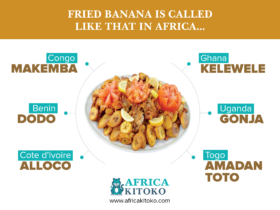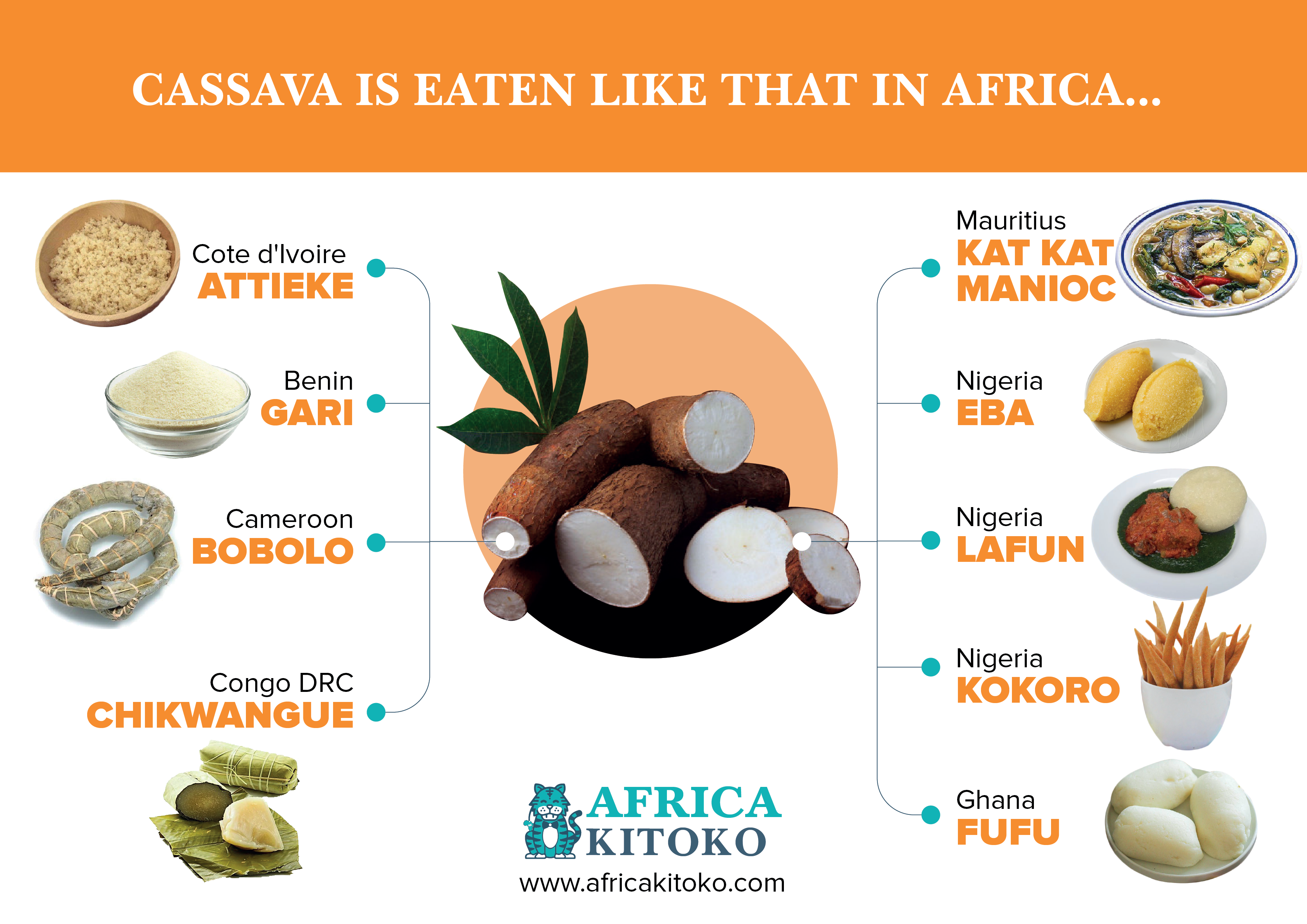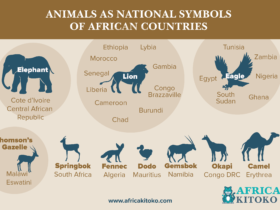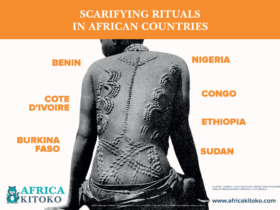
Minivans are a popular form of transportation, especially in large African cities. They sometimes make trips between cities.
Their prices are accessible, but the comfort is not there because of the lack of maintenance. In each country, the minivans have a name which is most often significant.
Discover the different names of minivans in Africa in African cities:
Ndiaga Ndiaye from Dakar
The Ndiaga Ndiaye were once almost ubiquitous in Senegalese territory. Initially designed for the transport of goods, the bodies of these old Mercedes-Benz 508d were adapted to be able to transport people on initially interurban journeys and, later, on intra-urban journeys. The term comes from Mr. Nidaga Ndiaye, responsible for popularizing this mode of transport and who, at one point, would have had a fleet that exceeded 350 vehicles.
Gbaka of Abidjan
Gbaka, outside of transport, is a type of basket where it is possible to put several objects without a specific order. When it comes to the public transport system of the city of Abidjan, the term refers to the minibuses that run through the city. A gbaka would therefore be a vehicle that fills to excess and that mainly expresses internal disorder. Hypothetically, this would not only be internal, but would also concern the habits of drivers who produce a generalized disorder in the urban public transport system.
Bamako Sotrama
SOTRAMA is the acronym of an institutional company that no longer exists. The Société du Transport du Mali SOTRAMA disappeared in 1976 and gave way to a myriad of private operators who have since developed and who now occupy a central place in the city’s mobility system. The sotrama of Bamako are today aged vehicles of artisanal transport which offer services of lower quality and which present a significant atomization where the average approaches 1 vehicle per owner.
Lagos Molue
The characteristic yellow midibuses of Lagos, produced locally for an average capacity of 44 passengers, mark the image of the city. The term molue would be a distortion of the English term ‘maul’ which means ‘manhandling’. The negative connotation of the term « manhandling » has its origins in the poor quality of service experienced by passengers.
Danfo from Lagos
The Danfos of Volkswagen-branded minibuses that proliferate in the streets of Lagos, the danfos represent, like the molts, a complex artisanal system that has gradually developed in the city. The term comes from the language of the Yoruba ethnic group; for whom danfo means ‘hurry’. English speakers translate this term by the term ‘hurry’, which would be a much closer translation to the real meaning of the term Yoruba.
Candongueiro de Luanda
Luanda’s collective taxis owe their name to ‘candonga’; the candongueiros would therefore be « those of the candonga ». In Angola, this term designates the informal market or, more generally, everything that is informal. Thus, in the term to designate collective taxis, their informality component would be the defining trait and, even if derogatory, it would be accepted by the operators of this mode of public transport.
Antibanarivo taxibé
In Malagasy, adjectives are added at the end of words. The term ‘baby’ denotes a comparatively larger object than another. Consequently, a taxibé is a (collective) taxi with a higher capacity than a conventional taxi.
Nairobi Matatu
The term matatu is a contraction of the local term ‘mang otore matatu’. The latter is the way to say thirty cents, the original price of a journey during the 1960s. The Nairobi midibuses would later have adopted the term which is currently known throughout the world and which refers to one of the modes of the best known and studied artisanal transport of Africa.
Hiace from Brazzaville
The Toyota brand produced a minibus particularly present in the streets of Brazzaville. HiAce is said to be the most common vehicle for public transport services by minibus, hence its name: hiaces.
Trotro, Accra
In Ghana and neighboring countries, tro tros are privately owned minibus taxis that travel on fixed routes leaving when filled to capacity. Although there are tro tro stations, these rental vehicles can also be picked up anywhere along the route.









Leave a Reply
View Comments